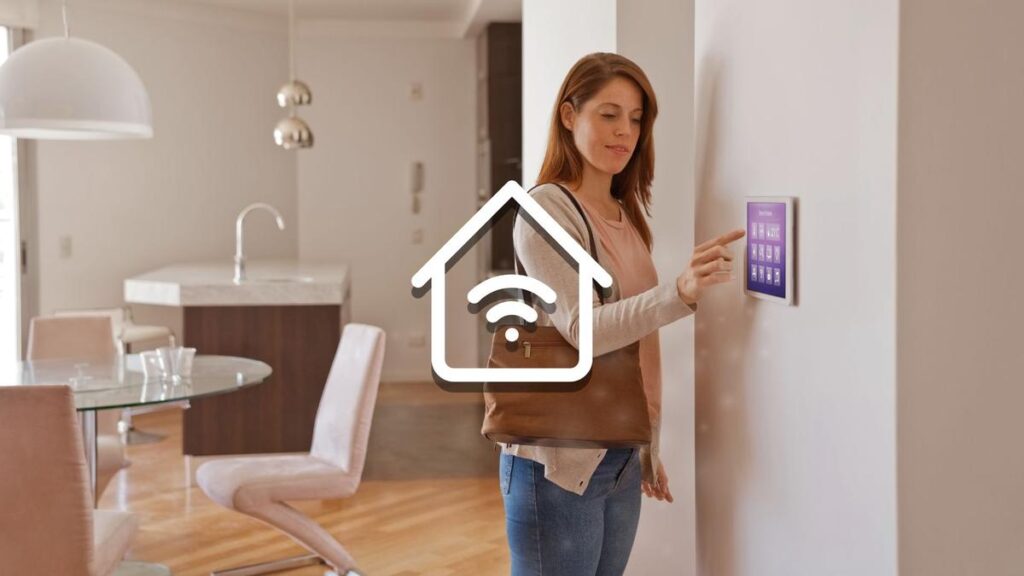
How to Secure Smart Home Networks: Expert Tips and Insights
In the rapidly evolving world of technology, smart homes have become a popular choice among homeowners. With the convenience of controlling devices remotely, the integration of smart technology offers unparalleled ease. However, this convenience comes with its own set of challenges, primarily concerning the security of these networks. Learning how to secure smart home networks is crucial for maintaining privacy and protecting your data.

Understanding the Basics of Smart Home Networks
Before diving into security measures, it is essential to understand what constitutes a smart home network. This network connects various devices like smart TVs, thermostats, cameras, and more, enabling them to communicate and interact. While these devices offer numerous benefits, they can also be vulnerable entry points for hackers.
Why Securing Your Smart Home is Essential
With an increase in the number of smart devices, the potential for unauthorized access has grown. Hackers can exploit vulnerabilities to access personal information, compromise device functionality, or even gain control over your home. Thus, securing smart home networks is not just a technical necessity but a crucial step in safeguarding your family and property.
Key Strategies to Secure Smart Home Networks
1. Use Strong Passwords
The first line of defense in any network security is a strong password. Avoid using common words or easily guessable information like birthdays. Instead, opt for complex combinations of letters, numbers, and symbols.
2. Enable Two-Factor Authentication
Adding an extra layer of protection through two-factor authentication (2FA) can significantly enhance your network’s security. This feature requires a second form of verification, such as a text message or authentication app, making it harder for unauthorized users to gain access.
3. Regularly Update Software and Firmware
Keeping your devices updated is vital in combating potential threats. Manufacturers often release updates to fix vulnerabilities and improve security. Regularly check for updates and ensure all your smart devices are running the latest software.
Advanced Techniques for Enhanced Security
4. Set Up a Guest Network
Creating a separate guest network for visitors can prevent unauthorized access to your primary network. This isolation ensures that even if a guest’s device is compromised, your main network remains secure.
5. Disable Unnecessary Features
Many smart devices come with features that are not always necessary for every user. Disabling these features can reduce the risk of exploitation. For instance, if remote access is not needed, turning it off can prevent potential breaches.
6. Monitor Network Traffic
Regularly monitoring your network traffic can help identify unusual activities. Tools and apps available for smart home systems can provide insights into which devices are connected and how data is being used, allowing you to take action if something seems amiss.
Integrating Smart Surveillance Systems
Integrating home surveillance systems is a proactive approach to securing your smart home. These systems can deter potential intruders and provide valuable information in case of a breach. Learn more about integrating these systems by visiting surveillance integration for smart homes.
Utilizing Smart Hubs and Controllers
Smart hubs act as the central command center for all your devices. Choosing the best smart home hubs of 2025 can significantly enhance your network’s security. These hubs offer advanced security features that help manage and monitor device interactions. For more information, check out the smart home hubs guide.
Leveraging IFTTT for Automation and Security
Using IFTTT for smart homes can automate security protocols, such as turning off devices when not in use or alerting you of suspicious activity. This integration can streamline your security measures and add convenience to your daily routine.
7. Secure Your Router
Your router is the gateway to your network, making it a critical component in your network security strategy. Change the default login credentials, enable encryption (like WPA3), and consider using a VPN for additional protection.
8. Educate Your Household
Ensuring everyone in your home understands the importance of network security is vital. Teach family members about potential threats and safe practices to follow when using smart devices.
Conclusion
Securing your smart home network is an ongoing process requiring vigilance and proactive measures. By implementing these strategies, you can enjoy the benefits of a smart home while safeguarding your privacy and peace of mind. For further insights and updates on smart home security, visit smart home integrations.

FAQs
1. How often should I update my smart devices?
It’s recommended to check for updates at least once a month and install them as soon as they are available.
2. Can smart home devices work without the internet?
Some devices can operate offline, but many require an internet connection for full functionality and remote access.
3. What should I do if a device is compromised?
Immediately disconnect the device from the network, change your passwords, and consult the manufacturer’s support for further assistance.
This article contains affiliate links. We may earn a commission at no extra cost to you.